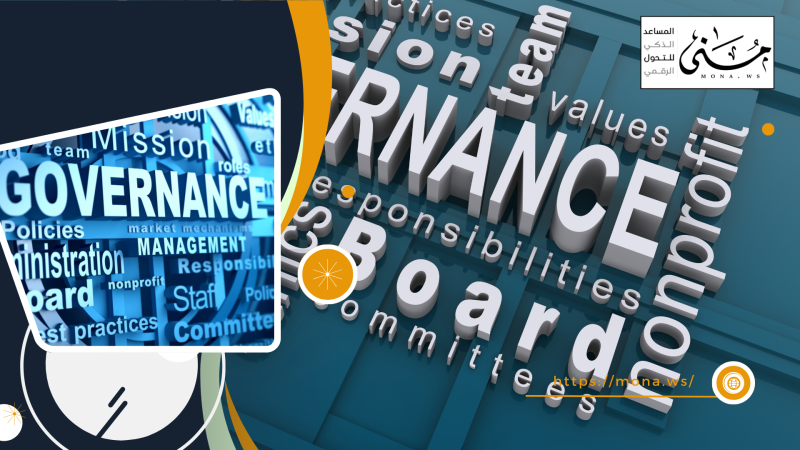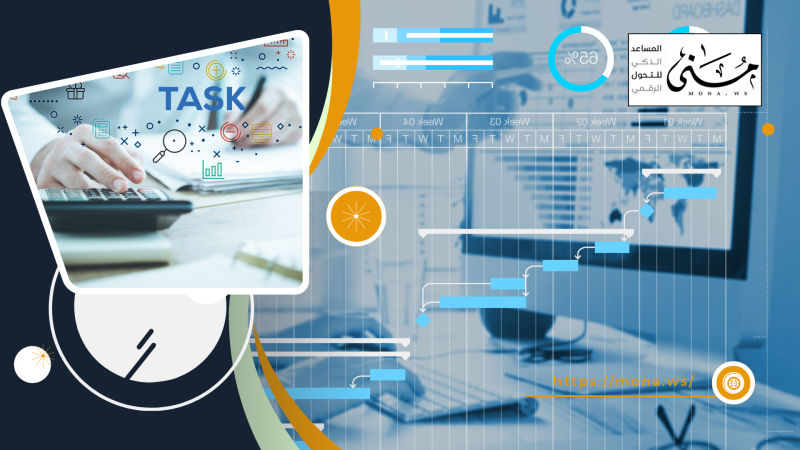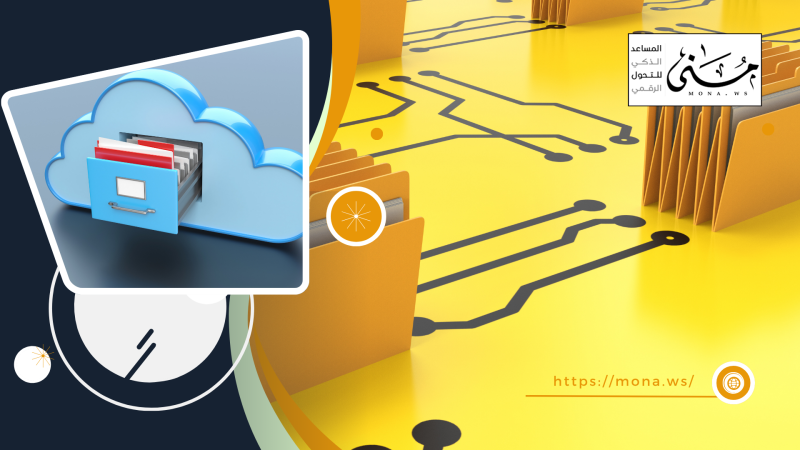Did you know that many organizations accurately record their assets in accounting books, yet remain unaware of their actual locations or operational conditions?
This mismatch between figures and reality can lead to unexpected losses, delayed decisions, and even the unnoticed loss of valuable assets.
In this article, we’ll highlight the critical differences between accounting and administrative asset management, and explain how solutions like DocSuite Assets can transform the way assets are tracked, reduce waste, and improve replacement and distribution processes.
Join us to discover how asset management can shift from being an administrative burden to a strategic tool that boosts your organization's efficiency.
1. Accounting Asset Management – The Financial Picture of Assets
Accounting asset management is a vital tool to ensure financial transparency and build trust between an organization and its stakeholders. It enables organizations to accurately track their assets, evaluate performance, and make strategic decisions based on reliable financial data.
Understanding the distinction between accounting and administrative asset management is crucial. While accounting focuses on financial aspects and reporting, administrative management emphasizes operational tracking and physical control over assets.
What is Accounting Asset Management?
It is a process aimed at recording and evaluating assets in compliance with accounting standards, such as IFRS or GAAP.
Key Functions:
Asset Registration:
Asset registration is the first step, where an asset is recorded in financial records based on its historical cost. This includes the purchase price and any additional costs to make the asset operational—such as transportation and installation.
For instance, if a company buys a machine for 100,000 SAR, and spends 5,000 SAR on shipping and 10,000 SAR on installation, the recorded cost will be 115,000 SAR. This approach ensures data reliability and auditability.
Depreciation Calculation:
Depreciation is the accounting process of distributing an asset’s cost over its useful life, reflecting value decline due to usage or aging. Common methods include:
-
Straight-line: Equal expense across the asset’s lifespan.
(e.g., 100,000 SAR asset over 5 years = 20,000 SAR/year) -
Declining balance: Higher depreciation in early years based on a fixed rate.
-
Units of production: Based on actual usage, like operating hours or units produced.
The choice of method depends on the asset type and use pattern, directly impacting financial reports and decisions.
Financial Reporting:
These reports are the outcome of asset registration and depreciation:
-
Balance Sheet: Displays assets, liabilities, and equity at a specific date.
-
Income Statement: Shows revenues and expenses over a period.
-
Cash Flow Statement: Details incoming and outgoing cash flows.
Accurate reporting based on accounting standards enables informed decision-making and strengthens investor confidence.
Why Accounting Asset Management Matters:
-
Accurate investor information: Helps evaluate performance and attract investments.
-
Regulatory compliance: Ensures alignment with financial and tax standards.
-
Strategic insights: Provides financial clarity for high-level planning.
In short, accounting asset management is foundational for financial integrity and institutional trust.
2. Administrative Asset Management – Operational Control Over the Asset Lifecycle
Asset management today goes beyond bookkeeping—it has become a strategic necessity for operational efficiency and institutional success. While accounting focuses on financial recording, administrative asset management deals with asset tracking, condition monitoring, and lifecycle control.
Core Elements:
Asset Tracking:
Essential for maintaining visibility and accountability. Technologies like barcodes and RFID streamline tracking, reducing loss and improving efficiency.
For example, an educational institution can use QR codes to manage tablets issued to students.
Physical Inventory:
Periodic asset audits confirm existence and usage. Regular inventory helps identify underutilized or damaged assets and informs replacement or repair decisions.
For example, an industrial company may reduce inventory time by 87.5% using RFID, saving hours of manual checks.
Asset Lifecycle Management:
From acquisition to disposal, lifecycle tracking ensures maximum utility and cost control.
A hospital, for instance, might monitor medical equipment to schedule timely maintenance and replacement.
Monitoring and Custody Records:
Asset monitoring ensures proper use and assignment. Custody logs document transfers and responsibilities, boosting transparency and accountability.
Government entities, for example, may use electronic systems to assign and track assets accurately.
Smart Solutions Like DocSuite:
DocSuite offers intelligent tools for tracking, digital inventory, lifecycle management, and analytical reporting.
Educational institutions, for example, use DocSuite to simplify device tracking and distribution.
By focusing on these areas, administrative asset management ensures operational control and boosts institutional efficiency.
3. Don't Confuse Accounting and Administrative Asset Management
In modern business, effective asset management is key to performance. However, many institutions confuse accounting and administrative management, resulting in inefficiencies and asset misuse.
Accounting Management Focus:
-
Recording based on historical cost.
-
Calculating depreciation over useful life.
-
Generating financial reports for valuation and audits.
Administrative Management Focus:
-
Real-time tracking of location, condition, and responsible personnel.
-
Periodic inventory to verify asset presence and utilization.
-
Managing lifecycle from purchase to disposal.
-
Logging handovers and ensuring accountability.
DocSuite’s Role in Bridging the Gap
DocSuite simplifies all aspects of administrative asset management by providing:
-
A smart tracking system
-
Digital inventory tools
-
Lifecycle management capabilities
-
Detailed reports and analytics
-
Integration with HR and accounting systems
With DocSuite, institutions reduce asset loss, improve resource planning, and create a professional, sustainable asset management model.
4. How Can Solutions Like DocSuite Improve Administrative Asset Management?
DocSuite is an advanced, integrated solution that transforms asset and custody management through its intelligent features for tracking, control, and integration.
With its smart tracking system, organizations can pinpoint an asset’s location, status, and custodian, enhancing transparency and minimizing misuse.
The digital inventory function allows quick and precise auditing without cumbersome paperwork, accelerating updates and documentation.
DocSuite also enables full lifecycle management—from acquisition to maintenance and disposal—ensuring optimal asset utilization.
Its reporting and analytics modules support data-driven decision-making, and its system integration ensures seamless communication with HR and accounting platforms.
DocSuite doesn’t just reduce loss and improve efficiency—it sets a new standard for professional, forward-thinking asset management.
Conclusio
As we’ve explored, the distinction between accounting and administrative asset management is not just technical—it’s a practical necessity for maintaining efficiency and resource integrity. While accounting gives a financial overview, administrative control enables full visibility and use of assets from acquisition to retirement.
In today’s increasingly complex business environments, the adoption of modern platforms like DocSuite is more than helpful—it’s essential. These tools go beyond digitization by offering centralized control, real-time visibility, and integration across systems.
Always remember: Assets aren’t just numbers on a balance sheet. They are strategic resources that deserve proactive thinking, modern tools, and a holistic vision.
 الفرق بين إدارة الأصول محاسبياً وإداريًا: لا تخلط بينهما
الفرق بين إدارة الأصول محاسبياً وإداريًا: لا تخلط بينهما









Comments
Add New Comment